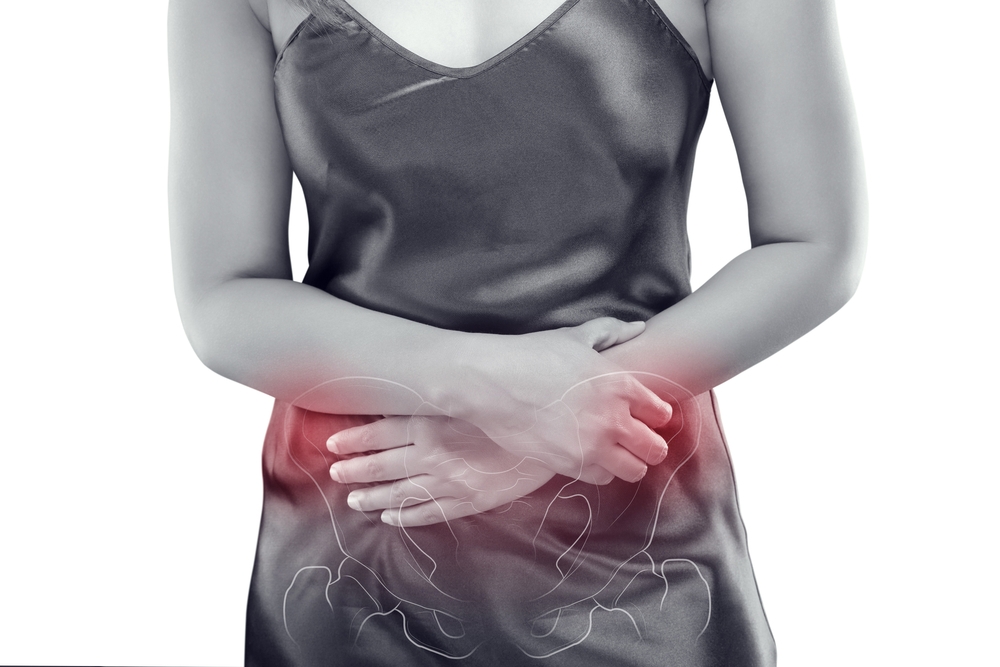
How many girls collapsed at the gate of the hospital after seeing the [pelvic effusion] on the B-ultrasound list? How many girls have taken drugs abruptly for half a year because of [pelvic effusion] without any symptoms, but in the end the effusion still exists? However, some people do not take pelvic effusion seriously at all.
The reason why there are two different attitudes is mainly because the understanding of pelvic effusion is not accurate enough. How does pelvic effusion come into being? Need treatment?
Pelvic effusion is what?
Pelvic inflammatory disease, adnexitis or endometriosis may cause pelvic effusion, which can be divided into [physiological pelvic effusion] and [pathological pelvic effusion] according to pathological factors.
Pathological pelvic effusion is harmful. Once abnormal pelvic effusion is found, you should go to the hospital in time.
Does physiology need treatment?
Physiological pelvic effusion refers to normal pelvic effusion and does not require treatment.
The pelvic cavity and abdominal cavity of the human body are not dry pieces of [land]. Peritoneum, omentum, intestinal canal, etc. all secrete some liquids, which usually play a role in lubricating and protecting pelvic and abdominal organs and tissues.
When standing, the pelvic cavity is relatively low in the human body, and these secreted fluids will accumulate in the pelvic cavity. After ovulation or menstruation and just a few days after menstruation, it is also easy to find a small amount of pelvic effusion because follicular fluid is discharged or a small amount of menstrual blood flows back to the pelvic cavity.
Pelvic effusion can be observed by B-ultrasound examination. If the depth of effusion is less than 3 cm and there are no other uncomfortable symptoms, it usually does not need treatment.
What if it is slightly more than 3 cm? This needs to be combined with the patient’s menstrual period, ovulation period, abdominal pain, abdominal distension and other conditions to judge whether it is pathological pelvic effusion. As mentioned above, the effusion may increase slightly at the end of ovulation period, menstruation period or menstruation, but if there is no other abnormality, even if it is slightly more than 3 cm, there is no need to make a fuss.

Pathological manifestations of what?
Pathological pelvic effusion is accompanied by obvious clinical symptoms, mainly including:
1. The lower abdomen is swollen and painful on one or both sides of the lower abdomen.
Chronic inflammation may cause adhesion of internal organs and body cavity wall and pelvic congestion, resulting in lower abdominal swelling, pain and lumbosacral soreness. This feeling is often aggravated after overwork, sexual intercourse and menstruation.
2. Decline in resistance
The systemic symptoms caused by pelvic effusion are not obvious, and sometimes there may be low fever and fatigue. The disease time is older, and some may suffer from depression, general discomfort, insomnia, etc. When the patient’s resistance is poor, pelvic effusion is easy to suffer from acute attacks.
3. Menstrual disorders
Menstruation may increase in patients complicated with pelvic blood stasis. When ovarian function is damaged, menstrual disorder may occur.
4. Infertility
Infertility is the most common symptom of pelvic effusion. If pelvic inflammatory disease causes tubal blockage, infertility will occur.
Pathological how to cause?

1. Pelvic inflammation
1) Do not pay attention to hygiene during menstruation
During menstruation, it is suitable for bacteria to breed. If you do not pay attention to personal hygiene, use unclean sanitary napkins, toilet paper, etc., or have sex during menstruation, it provides a good opportunity for bacteria, which is easy to cause pelvic inflammatory disease and usually produces some inflammatory liquid.
2) Inflammation spread in adjacent organs
Suffering from appendicitis or peritonitis, pelvic inflammation is easy to occur. Suffering from vaginitis, cervicitis, inflammation ascending infection, may eventually lead to pelvic inflammatory disease, forming effusion.
3) Postpartum and post-abortion infection
After production and induced abortion, immunity is relatively low. At this time, the cervical opening is in an expanded state. If personal hygiene is not paid attention to, bacteria in vagina and cervix may also ascend, causing pelvic infection.
4) Infection after Gynecological Surgery
Accepting induced abortion, ring surgery, salpingography (fluid), etc., if the disinfection during the operation is not strict, it is easy to cause infection after the operation. If you do not pay attention to personal hygiene after the operation, do not follow the doctor’s advice for recovery treatment, and have sex too early after treatment, etc., pelvic infection may be caused.
2. Extrauterine pregnancy
After the embryo develops to a certain stage, ectopic pregnancy will have the risk of bleeding due to the particularity of the embryo growth site.
More common is, tubal pregnancy in 6 weeks or so, tubal will be too narrow and the embryo burst, massive hemorrhage. Usually, emergency bleeding is very dangerous, often in a short period of time the amount of bleeding can reach 1 000 ~ 3 000 ml, serious can lead to shock and other life-threatening situations.
3. Rupture of ovarian cyst
This mainly refers to ovarian corpus luteum hemorrhage, ovarian cyst rupture, etc. It is just like a balloon filled with water in the pelvic cavity. Due to special circumstances, the balloon ruptured and the water inside went into the pelvic cavity.
4. Carcinomatous ascites
Only cancerous ascites caused by ovarian tumors are discussed here. 70% of ovarian cancer patients are diagnosed when they go to hospital because of ascites.
Pathological how to treat?
Treatment methods for pathological pelvic effusion usually include:
1. Physiotherapy
Warm benign stimulation can promote local blood circulation in pelvic cavity. Improve the nutritional state of tissues and metabolism, so as to facilitate the absorption and regression of inflammation.
2. Medication
Anti-inflammatory drugs or hormone drugs are used for symptomatic treatment.
3. Surgical treatment
This requires the formulation of an operation plan according to individual circumstances, which will not be discussed too much here.
Pelvic effusion, don’t panic
Through the above answers to some common questions about pelvic effusion, I believe that female friends will be able to deal with them tactfully and calmly in the future.
You know, sometimes it may only be physiological pelvic effusion without special treatment. Sometimes it is pathological pelvic effusion, which should be diagnosed according to its causes and clinical manifestations, and actively cooperate with doctors for treatment.
In short, fear comes from ignorance.
Responsible Editor: Katherine
